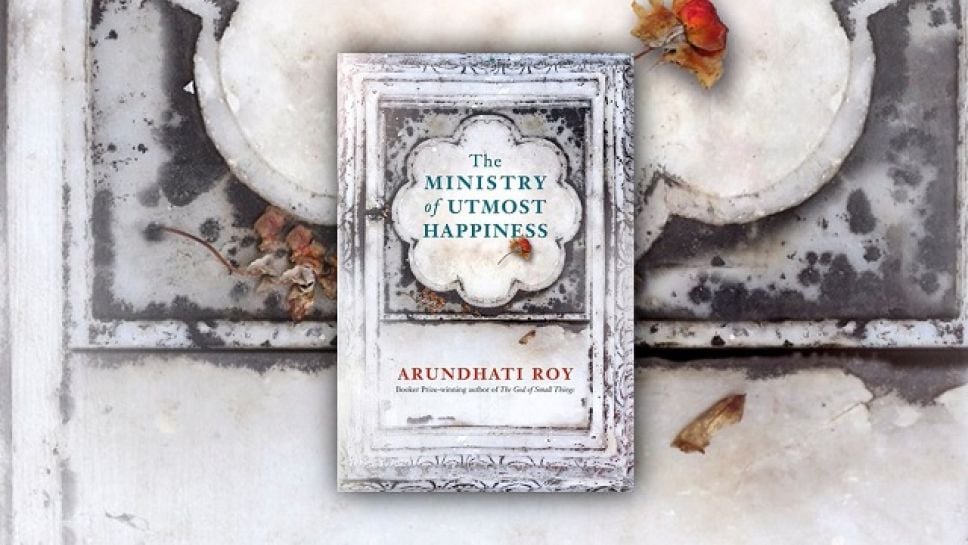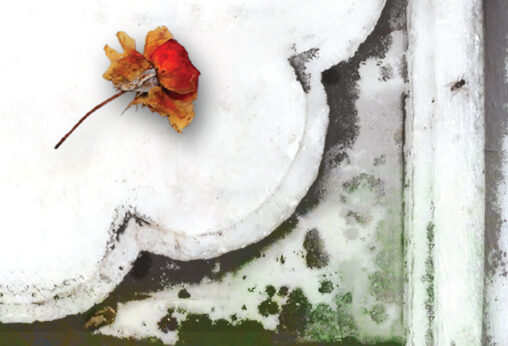


The second half of the novel turns to the monstrous ongoing civil war tragedy that is Kashmir, following four college friends, a civil servant, a journalist, a Kashmiri activist, and the woman they all love. They represent the many conflicts that routinely tear India apart and that have occupied Roy’s political, human rights, and environmental concerns and her nonfiction writing for the past 20 years: the Hindu-Muslim divide, the caste system, the Kashmir conflict, the Indo-Pak wars, the 1992 Gujarat massacre, the 1984 Bhopal gas leak, and of course the farmers and fishermen whose lands and livelihoods are variously taken over by capitalism and corruption and other horrors. It wasn’t obvious to me immediately that her companions and antagonists - and pretty much every other character in the book - are also symbols. I found Anjum compelling if tropeful - an elegant fierce outspoken Urdu poetry-quoting drag queen. The old city’s centuries long Muslim culture and architecture is nostalgically laid out, and Roy’s ear for language and detail is often sublime: “a small tortoise…with a sprig of clover in one nostril.”

Not all the din of their homecoming fills the silence left by the sparrows that have gone missing, and the old white-backed vultures, custodians of the dead for more than a hundred, million years, that have been wiped out. When the bats leave, the crows come home. One of my favorite things about the novel is how the city’s flora and fauna is as much a part of the story as the humans. The novel starts off in old Delhi with Anjum, a hijra, along with a colorful cast of characters. It’s had a mixed reception and I can see why. He narrowed his blindgreen eyes and asked in a slygreen whisper…Īrundhati Roy’s second novel, The Ministry of Utmost Happiness(Knopf), published 20 years after her first beloved debut, The God of Small Things, was perhaps one of the most anticipated novels of 2017.


 0 kommentar(er)
0 kommentar(er)
